HERBIE HANCOCK / Herbie Hancock Mixtape
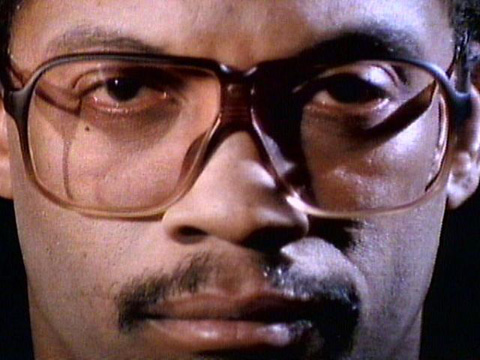
I’m a jazzhead, so diging Herbie is no surprise. Some Herbie I absolutely love, others I can tolerate on occasions, and some I’ve only listened to once (and in a couple of cases, not even all the way through). Maybe you’re like me—maybe I should day: most likely you’re like me. Herbie has produced so much music, so many pieces different from other pieces; he has had such a long career and gone through radical changes there is no way the Mwandishi lovers can find nirvana in the "Rockit" rockers even if we can trace the connections.
First there was Herbie, the precocious pianist out of Chi-town who earned his bona-fides playing with Donald Byrd and Pepper Adams. Then there was the coveted piano chair with the second great Miles Davis quintet (Miles, Wayne Shorter, Ron Carter, Tony Williams and Herbie). An earlier version of that group with George Coleman on tenor (before the arrival of Wayne) and Freddie Hubbard in the trumpet spot, was the band that produced Herbie’s first masterpiece: Maiden Voyage, an astounding album that gifted us with the title selection that went on to become a class jazz composition that all younger musicians learned to blow.
In fact when Maiden Voyage dropped some of us apostates thought that it both summarized and surpassed what Miles had produced at that time. Part of it was that Freddie was not only a better technician on trumpet he also had a more extroverted and amicable personality with a flavorful mix of youthful exuberance and self-confident macho-aggression that lifted you up out of your chair cheering his blistering brass salvos. Where Miles smoldered like barbeque coals, Freddie was a blow torch. Freddie lit you up even on ballads. Back in the late sixties I believe every hip jazzter owned at least one copy of Herbie’s Maiden Voyage. And of course back then, Tony Williams was re-defining what a drum kit could do in the service of swing, tossing the beat back and forth like a back yard swing in a thunderstorm.
So that was the first iteration of Hancock greatness; the period of straight ahead but arcing contemporary jazz. Directly hooked up to and an extension of post-bop, hard bop with all kinds of modernist extensions, sort of like musical cubism with abstract accents. Maiden Voyage was the zenith of bebop-based jazz. Which is when Herbie heard something else.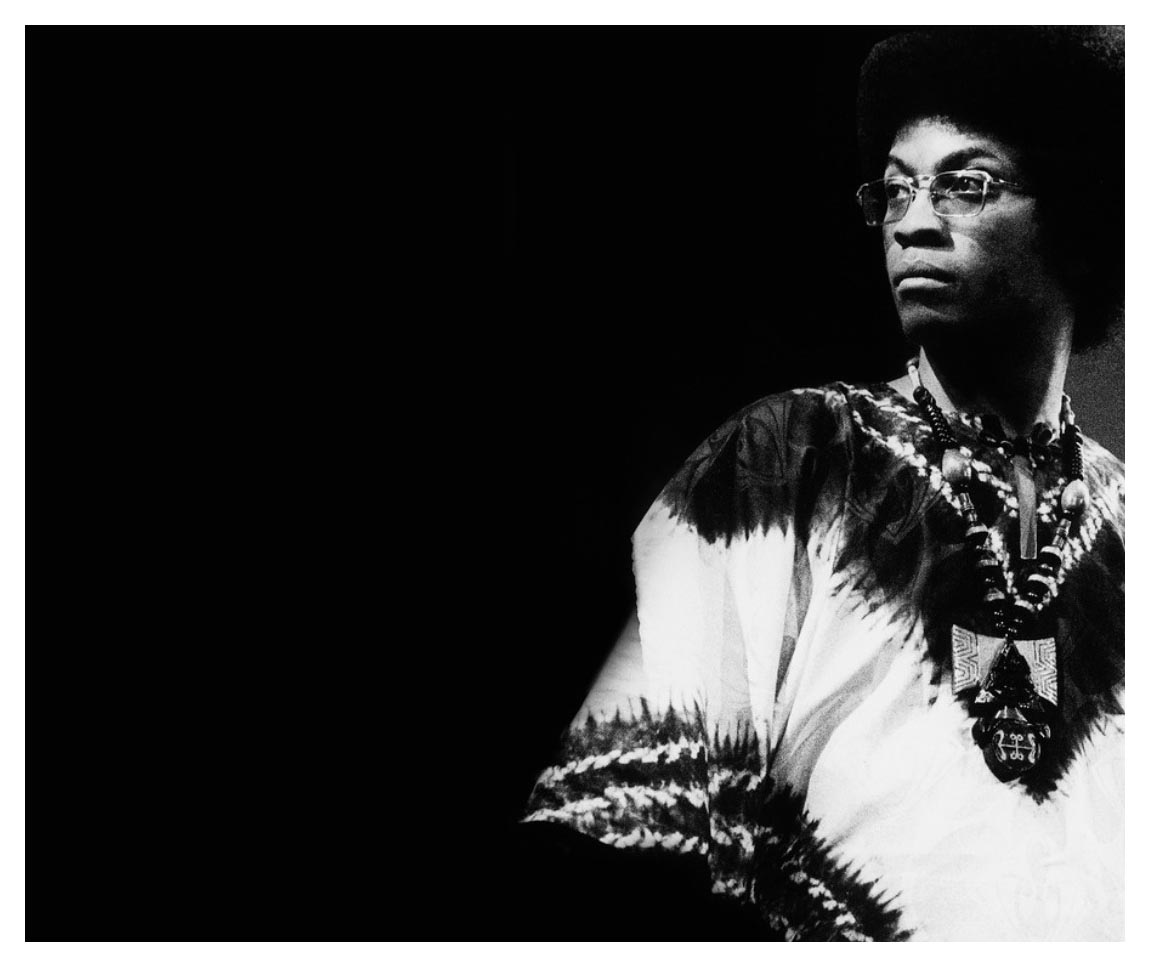
Two things happened simultaneously: one Herbie took a tour of Black Power politics and two Herbie got deeply interested in electronics. Certainly one could say Miles had a lot to do with the later and that the temper of the times had an overwhelming influence on Herbie’s political leanings in that period. Most of us know that “Mwandishi,” Herbie’s adopted name for the second major period was Swahili (for “author” or “composer”), what many of us don’t realize is that behind the Swahili language was the deeper foundation of Kawaida thought, a Black nationalist ideology developed by Ron Karenga.
Black power Herbie Hancock may seem oxymoronic to those that have followed his long career because we cannot see a race-first, upraised fist in the thinking and behavior of a Buddhist but that’s only because we are de-contextualizing Herbie’s development and looking at each piece as though it were totally separate from what preceded and what followed. Moreover, we are also probably reducing each phase to a stereotype and to media definitions thereby ensuring that we do not get an accurate assessment.
For young, intelligent Black people, the seventies was a time of unbridled creativity fueled by encouragement to explore and experiment, especially delve deeply into non-mainstream modes of expression and thought. Black power encouraged Black people to think for themselves even when, or should we say “especially” when the thoughts were not standard thoughts. In counter distinction to how the time period is often characterized and mis-represented, while natural hair was in vogue (hence Herbie’s hair-do), the thoughts inside those nappy heads, like the hairs on those heads, was streaming in all directions. Plus, Herbie was from Chicago, whose musical avant garde, the AACM, promoted out of the box thought and expression. Being black didn’t mean being like all other blacks, in that period the watch words were “do your thing.” And some people were running with some pretty wild things including a deep, deep use of electronics as an integral part of music making—remember that Sun Ra was the pioneer of electronic keyboards in music and Sun Ra had been based in Chicago for a major period. Yes, I am flat out saying that Sun Ra also influenced Herbie Hancock.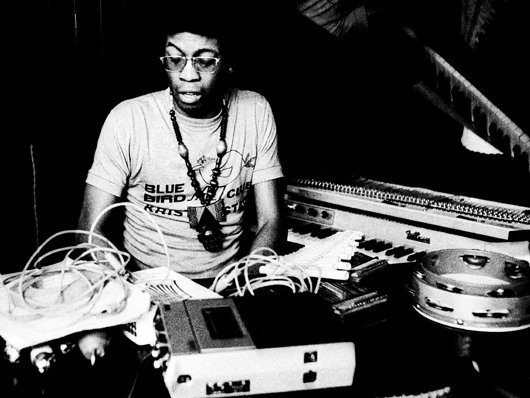
So the second phase, the far-out phase, the Mwandishi phase could be summarized as avant garde, free blowing, un-moored to any conventionalities. A mix of wide open music-making that included long stretches of sonic meditations where there was no heavy beat, just free floating emotions and ideas. By then it didn’t take a psychiatrist to figure out that Herbie was into meditation, nor did it take a prophet to see that Herbie would find solace as a devotee of eastern thought, specifically Buddhism.
Musically these men were on another planet with no intentions of returning any time soon. But it was rarefied air that did not appeal to the masses on the street and Herbie decided to make a radical return to the Southside of his personality. Whereas with Mwandishi you could search for fifteen minutes or more before finding a backbeat, with the third phase there was rarely a moment that a snare wasn’t popping on the downbeat.
Herbie Hancock had been trained as a youngster in classical music and had cut his teeth as a jazz artist on bebop swing so he had a profound appreciation for sophisticated music but I believe he also had a deep desire to mix and mingle with the hoi polloi, the ordinary folk on the block (plus we need to remember that Herbie’s last and greatest musical mentor, Miles Davis, also manifested this same change in direction). What both Miles and Herbie both wanted was validation by young audiences, especially their black peers. (If you read the liner notes of a Warner Brothers compilation from the Mwandishi period talking to writer Bob Blumenthal, Herbie openly admits:
"I'd go to friends' homes and see my albums on the shelves with lots of other people's records, and they'd play all the others except mine. My intention at the time was to play music to be listened to with undivided attention; but how many people have the time to approach music that way? Before, I was so interested in spirituality that I didn't recognize that a person puts on a record with his hands and not his spirit." So the emphasis shifted from "heavy musical trips that try to expand people's minds" to "making people feel like getting up in the morning and going to work."
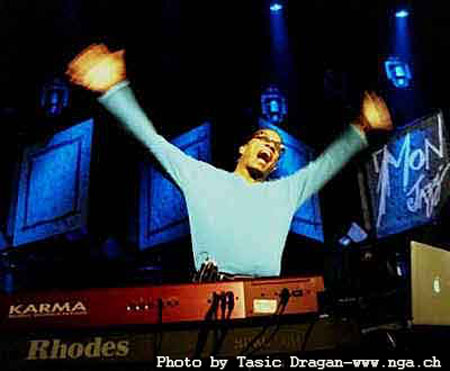
That statement stands on its own with no further comment necessary from me.
So, the three phases of Herbie Hancock’s musical development: straight ahead contemporary jazz, avant garde free expression, and mass oriented, back-beat heavy, funky dance music. The reason I’ve combined all this in the classic category beyond the obvious influence exerted by all three on the development of the music is the fact that there is a Herbie Hancock recording that perfectly illustrates the strengths of all three phases. George Wein organized a Herbie Hancock tribute concert and hired all three bands to perform. Each band was at the top of their game. It’s awesome display of power and beauty that gives us a chance to appreciate the full spectrum in one setting. The album is Herbie Hancock V.S.O.P.
For the Mixtape I’ve chosen two cuts from each band and then as lagniappe I’ve dipped into the backrooms of my musical warehouse and dug out alternate versions including two originals (“The Eye Of The Hurricane” and “Toys”), a duet performance with Chick Corea (”Maiden Voyage”), and three bootleg concert performances (“You’ll Know When You Get There,” “Hang Up Your Hang-ups,” and “Spider”).
Oops, we’ve run out of time, in fact we’re way longer than usual. Got to run…peace out.
—Kalamu ya Salaam
Herbie Hancock Playlist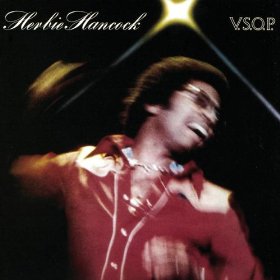
VSOP
01 “Maiden Voyage”
02 “Eye of The Hurricane”
03 “Toys”
04 “You’ll Know When You Get There”
05 “Hang Up Your Hang-ups”
06 “Spider” 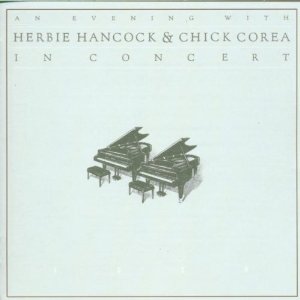
An Evening With Herbie Hancock and Chick Corea
07 “Maiden Voyage” 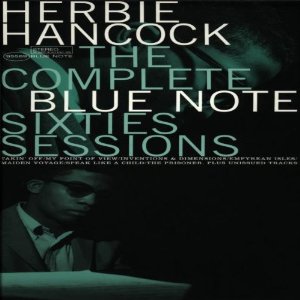
Complete Blue Note 60s Sessions
08 “The Eye Of The Hurricane”
09 “Toys” 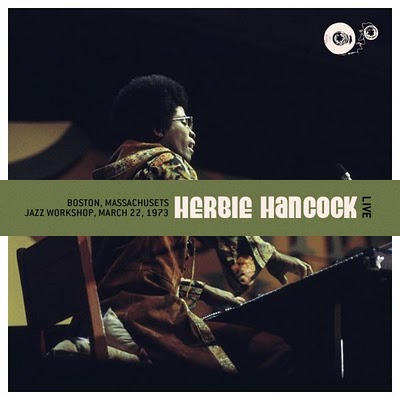
10 “You’ll Know When You Get There” - Jazz Workshop, Boston, March 1973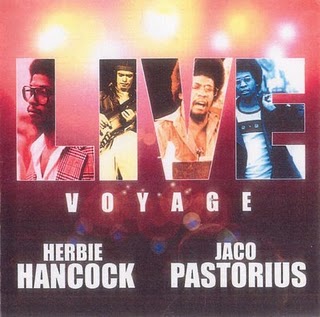
11 “Hang Up Your Hang-ups” - Live 1977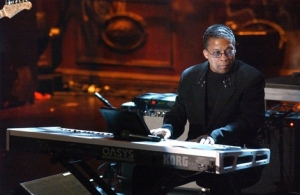
12 “Spider” – Head Hunters – Munich, July 1999
This entry was posted on Monday, September 5th, 2011 at 7:19 pm and is filed under Classic. You can follow any responses to this entry through the RSS 2.0 feed. You can leave a response, or trackback from your own site.
2 Responses to “HERBIE HANCOCK / Herbie Hancock Mixtape”
September 6th, 2011 at 8:56 am
Missed you guys! Thanks again for making my work day a sonic feast.
September 8th, 2011 at 8:51 am
I had to think a minute about adding 8 and 5.
My soul sure needed some Herbie Hancock this morning. Thanks for making it happen.
Peace.
Leave a Reply
| top |